Kiri-kirigami structures are the next generation of origami-based reconfigurable mechanical metamaterials for adaptive architecture and energy-saving buildings.
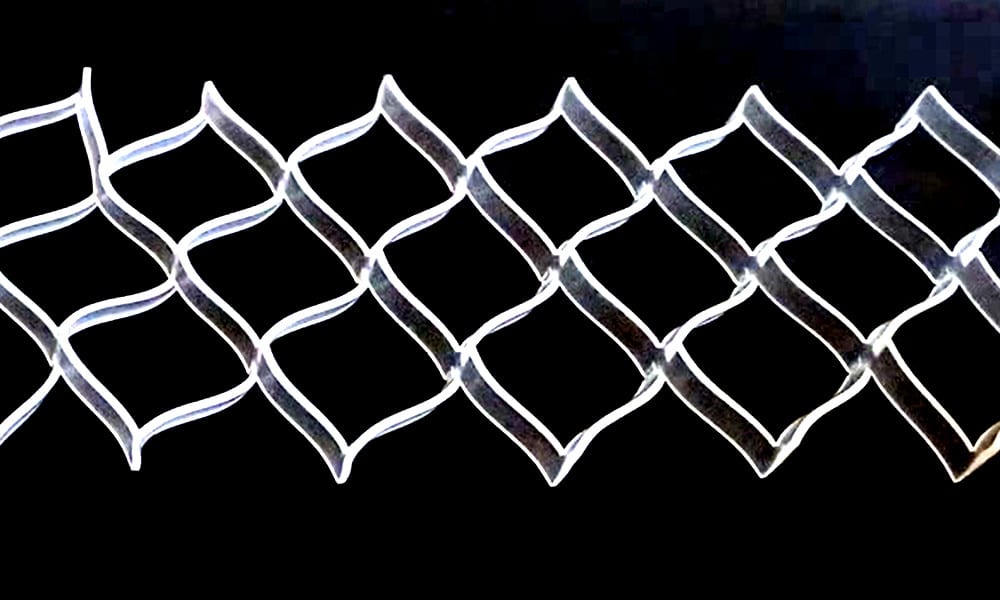

Kiri-kirigami structures are the next generation of origami-based reconfigurable mechanical metamaterials for adaptive architecture and energy-saving buildings.
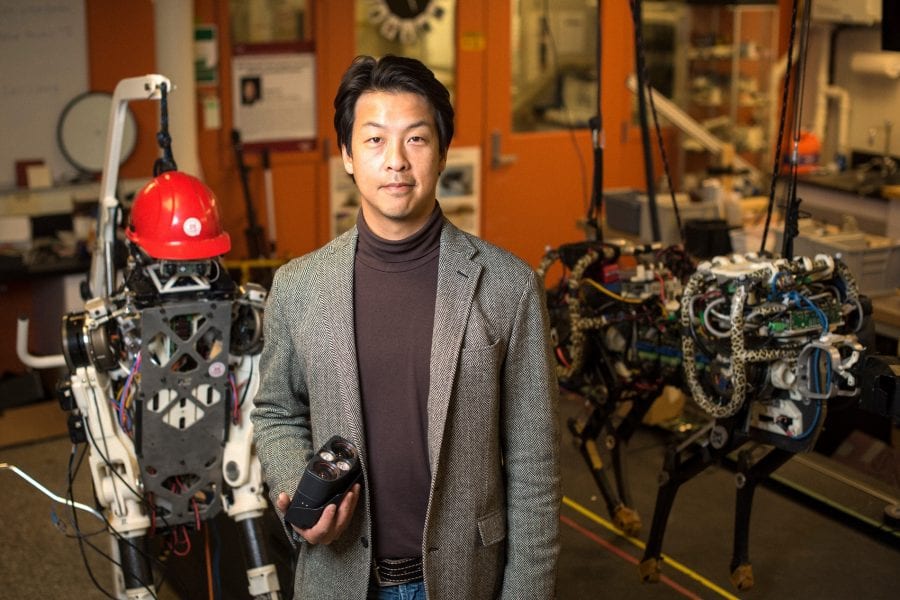
Mechanical engineer Sangbae Kim builds animal-like machines for use in disaster response.
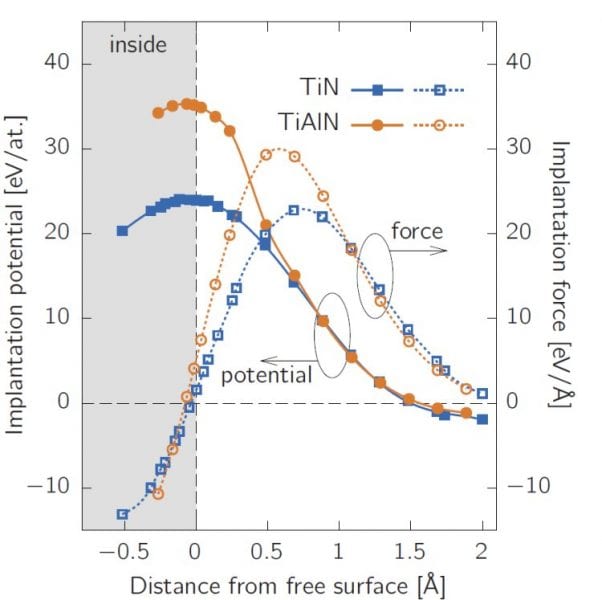
This review presents a selection of atomistic methods ranging from molecular dynamics, Monte Carlo to quantum mechanical calculation within a widely used framework of Density Functional Theory.

Researchers propose a new idea about the origin of piezoelectric energy generation in graphene.

First-principles analyses of the mechanical properties of borophene – a novel material for flexible nanoelectromechanical devices.
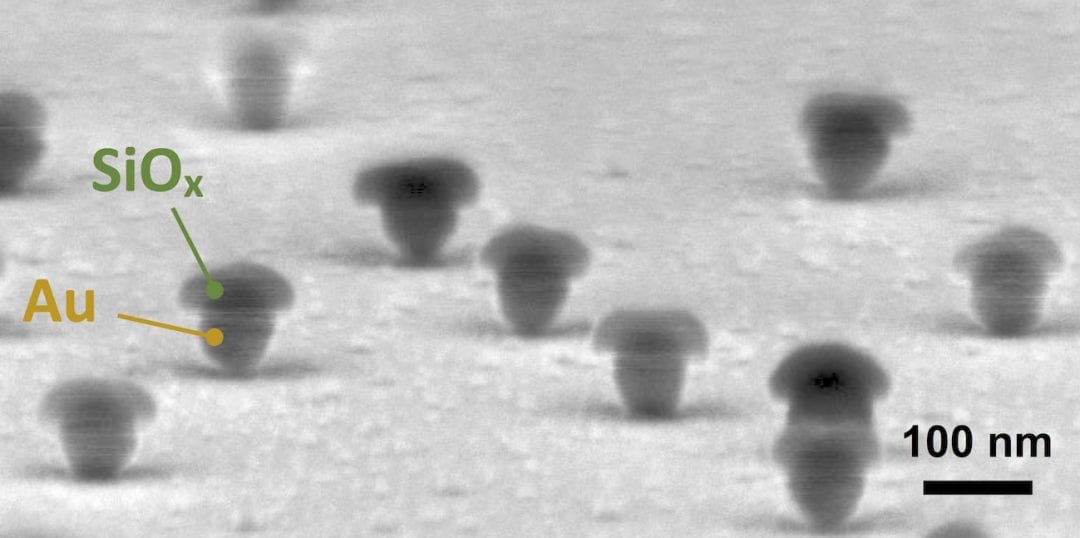
You can now include gold/silica nanomushrooms on your menu, as András Deák and co-workers recently published their generation in Particle.
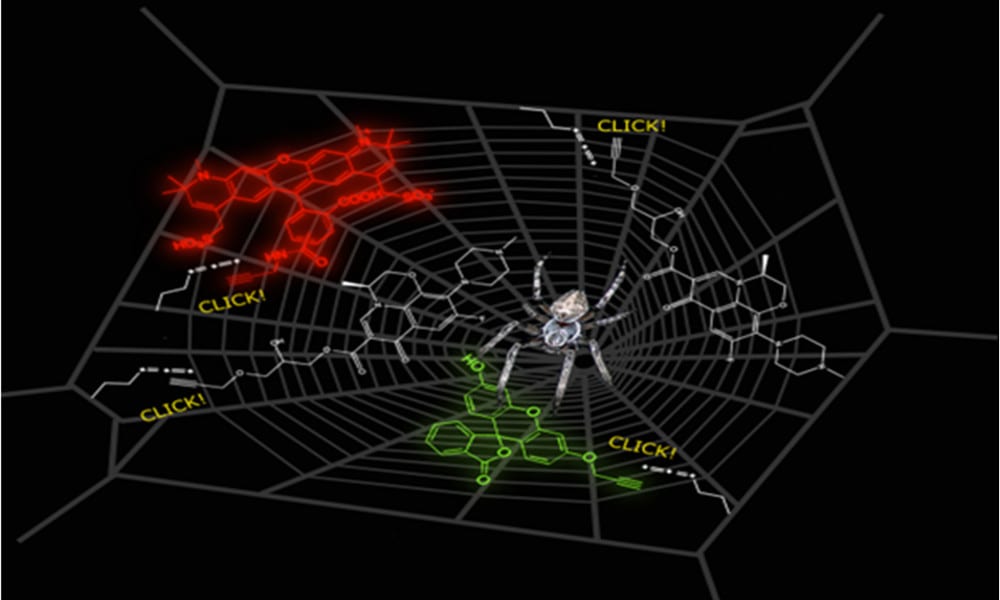
Researchers from the University of Nottingham report a novel method for making antibiotic spider silk.
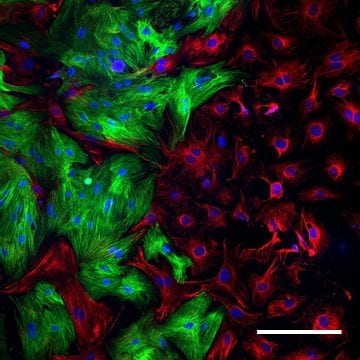
Zorlutuna and co-workers from the University of Notre Dame demonstrate muscle cells as diode components for biocomputing.

Recently, researchers at the Friedrich-Alexander-University Erlangen-Nürnberg presented an electronic analogue of Mie scattering.
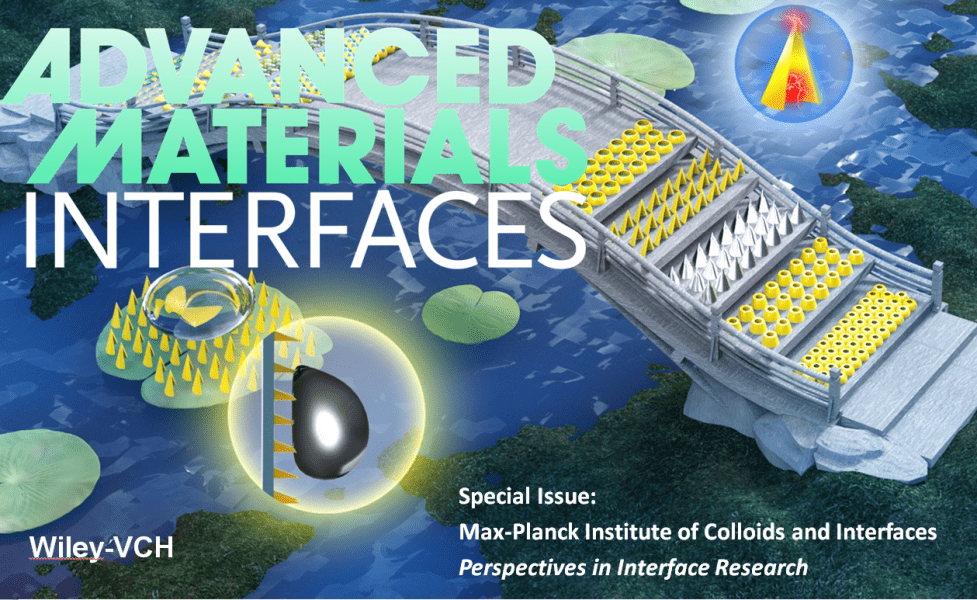
The first issue 2017 in Advanced Materials Interfaces highlights “Perspectives in Interface Research”.